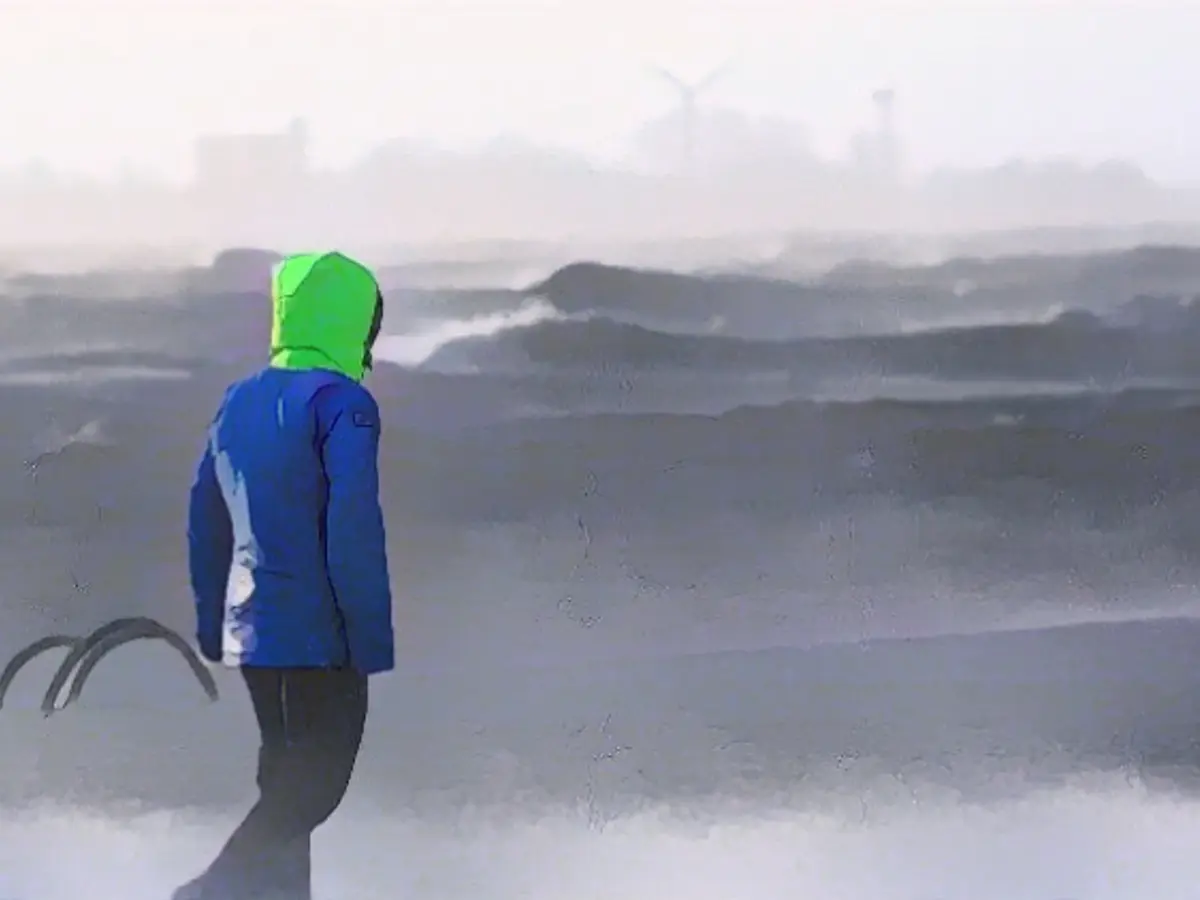Europe's weather kitchen is sizzling and icy all at once. Southern Europe is dripping in heat while northern Europe is shivering in Arctic cold, with Germany stuck right in the middle. Björn Alexander, a meteorologist at ntv.de, points out that the seas, still warm, are furnishing the Atlantic weather system with an abundance of energy. Yet, Europe itself also contributes to the intensity of the weather conditions through significant temperature contrasts.
Recently, temperatures in Spain have crested 30 degrees, nearing November records, while Scandinavia has endured a massive and early winter blast. Kiruna, Sweden, has seen daytime highs of -20 degrees with temperatures plunging to -30 degrees at night. Even Oslo reported permafrost, an occurrence uncommon even in winter's grip. In simple terms, a chilly bubble of frost is nestled comfortably on a layer of snow in Northern Europe, guaranteed to delight winter enthusiasts.
This noteworthy development takes place due to the proximity of the cold air and lack of warming over northern Europe, contrasting with previous years. Meanwhile, weather computers anticipate an intriguing pattern of events for the second half of November and the start of December. The American weather model in particular seems thrilled at the prospect of winter's onset in northern Europe, driven by aggressive low pressure formation over the region.
Yet, proclaiming a cold winter is premature. Uncertainty is the name of the game in weather forecasting, especially in such tumultuous situations. The warm weather from the south could potentially spill over to Europe with any passing storm. In the short term, a small, intense low-pressure system called "Linus" will be wreaking havoc across Germany. Raging winds exceeding 100km/h are predicted in Baden, reaching 120km/h on open peaks. Meteorological models suggest increasing snowfall over the central part of the country, and the southern region can expect a 600m drop in the snowline.
Lastly, the south will enjoy a brief yet noticeable respite from the cold, reaching temperatures of up to 15 degrees at the end of the week. The changeable and, at times, stormy weather will remain, with temperatures oscillating between 6 and 13 degrees before the weather computers predict renewed precipitation on Thursday.
- Given the ongoing weather patterns, meteorological agencies across the globe track extreme weather events, including the coming 'Linus' low-pressure system, which could bring snow and gale-force winds across several European countries, including Germany.
- As temperatures across Europe fluctuate, international meteorological experts explore possible winter weather patterns with an eye on events like ‘Linus’. Low pressure systems can potentially herald colder weather and, in turn, increase the risk of extreme weather events.
- Past extreme weather events, like Storm Boris in 2024, echo this phenomenon. This powerful low-pressure system initially brought devastating rainfall and flooding to central Europe before transitioning to Norway and Russia, causing considerable damage and disruption.
Source: ntv.de
Enrichment Data (optional, where relevant):
Northern Hemisphere weather patterns in 2024 saw a historically active sequence of low-pressure systems, including Storm Boris. It began as a deep low-pressure area in the Mediterranean sea, developing into a colossal 1,000 km diameter storm system as it moved northward. Storm Boris set records for maximum three-day rainfall, reaching 442mm in central areas of the Czech Republic, resulting in significant flood damage and displacement.
Storm Boris was characterized by the collision of warm, moist air flowing from the Atlantic and cold air moving south from Siberia. The remnants of this anomalous weather pattern may contribute to future low-pressure systems, including 'Linus'.








